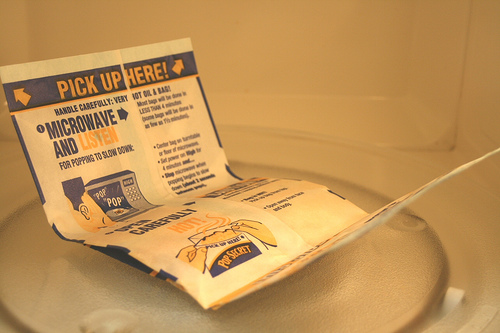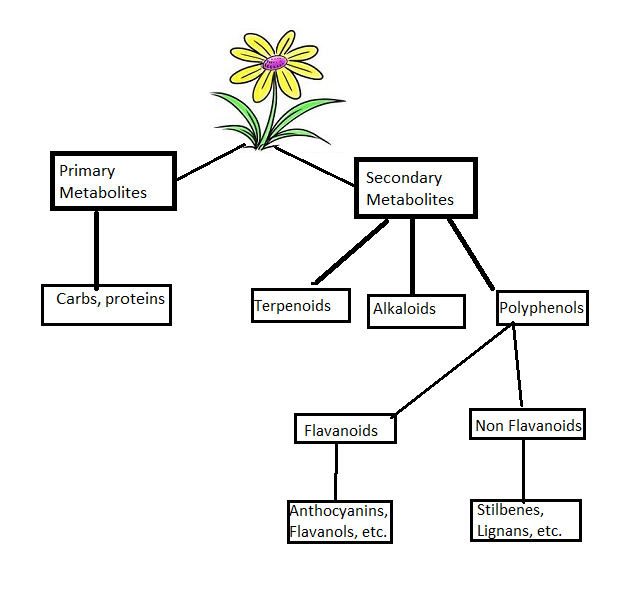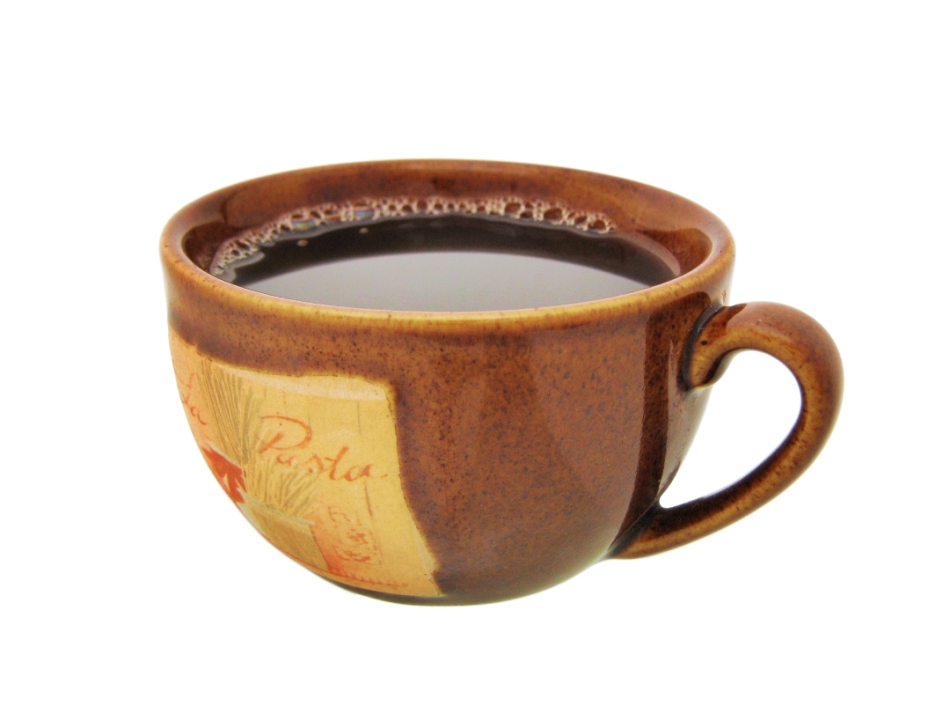- Home
- Non Toxic Food
- Non Toxic Popcorn
How to Make Healthy Non
Toxic Popcorn
Popcorn is a great low fat, whole grain snack to support your healthy lifestyle. And who doesn’t love to nosh on a big bowl of popcorn while watching a movie. But, depending on how you make your popcorn and the kernels you use, it could also be a source of toxin exposure. This article provides a variety of solutions for making non toxic popcorn.
1. Go Organic
No matter what type of method you use to make popcorn, the first step to making non toxic popcorn is use organic kernels. There are 15 different pesticide residues found on corn grown for popcorn.
Five of the pesticides are carcinogens, 9 are endocrine disruptors and 5 are neurotoxins. Malathion, a nerve poison found on 34% of corn, is an insecticide that affects not only your central nervous system, but your immune system, adrenal glands, liver and blood. Malathion exposure also causes mutations in humans and animals.
Organic popcorn kernels are not expensive and there are lots of options available. So there's no good reason to exposure yourself to multiple pesticide residues.
2. Avoid Toxic Microwave Popcorn
There has been a lot of attention focused on how safe the butter flavoring (diacetyl) is in microwave popcorn. The FDA considers it a safe food additive. Unfortunately, it is dangerous when small particles of diacetyl are inhaled and lodge in our lungs.
Workers at popcorn plants have developed “popcorn lung” (an irreversible, untreatable and debilitating lung disease in which inflammation and scarring obstruct the smallest airways) from inhaling these tiny particles every day. Some popcorn manufacturers have switched to using 2,3-pentanedione as a substitute for diacetyl. Because it’s chemically similar, studies have found that this substitute is just as damaging to the lungs and was also found to change brain tissue in rodents.
Unless you work in a popcorn factory you may not be
concerned about diacetyl. Think about this. Studies have shown that the same
small particles are emitted when you microwave your bag of buttered popcorn. A
2010 study concluded that “microwave butter flavoring products generate
concentrations of diacetyl in the air great enough to endanger those exposed”.

The second concern with microwave popcorn is the bag it comes in. Popcorn bags are treated with chemicals called fluorochemicals. These chemicals are a part of a class of chemicals that are used to make things stain and stick resistant called perfluorinated compounds (PFCs) or PFAS, short for per- and polyfluoroalkyl substances.
(A study conducted in 2017 found 46 different types of fluorochemicals in microwave popcorn bags from 17 countries.)
Study after study has reported that PFAS like PFOA and PFOS are released from popcorn bags into popcorn when it is microwaved. Study after study has also found numerous health effects from exposure to PFOA and PFOS.
The EPA lists potential health effects of long-term exposure to PFOA and PFOS, including higher risk of testicular or kidney cancers, developmental effects to fetuses during pregnancy or to breastfed infants, liver damage, immune antibody production, thyroid effects and cholesterol changes.
In studies PFAS also builds up in the brains, hearts, livers, bones and skin of mice and it takes years for your body to break it down into a form that your body can excrete. And while PFOA and PFOS (called long chain PFAS) are no longer used in the US, their short chain chemical substitutes are proving to be just as toxic.
Making Non Toxic Microwave Popcorn
If you love the convenience of microwave popcorn, you do have some non toxic popcorn options. The simplest method, and the one that I use often, is to put a 1/4 cup of popcorn in a brown paper lunch bag, fold the bag down several times and microwave for 2-4 minutes. It works great, and in case you’re wondering, the bag has never popped open when I make popcorn this way.
A second microwave option is to make your popcorn in a 2-3 quart tempered bowl covered with parchment paper secured by a rubber band. This method requires a tablespoon of oil and be sure to punch holes in the parchment for venting. You could also use a microwave venting lid in place of parchment if you can find one that is not made of plastic.
Glass microwave popcorn makers are also
available. Catamount Glassware makes 1,2
and 2.5 quart options with silicone lids. For great microwave popcorn recipes
check out theyummylife.com.
3. Forget Toxic Air Poppers
If you like air popped popcorn and you don’t want to make it in a microwave, you may be out of luck. I can’t recommend any of the electric air popcorn poppers that are on the market today because they are a source of toxin exposure.
They are all made of plastic, usually polycarbonate plastic, because it is strong and almost shatter-proof. But we know polycarbonate plastics contain BPA. There is also a potential for exposure to plasticisers, such as phthalates.
4. Go Old-School with Stove-Top Poppers to Make Healthy Popcorn
There are a lot of great stove-top poppers available today that you can use to make healthy popcorn. You want to avoid any that are made entirely of aluminum or have any plastic components. Stick with stainless steel options to make your non toxic popcorn. The downside to stove-top poppers is you need to cook your popcorn with oil.
When I make stove top popcorn I skip the butter and spray it with extra virgin olive oil, then season with my favorite spice mixes, like black garlic powder. This combo ups the healthiness of non toxic popcorn by adding valuable polyphenols from EVOO and black garlic.
5. Keep It Simple
If you have a good 6 quart stainless steel pot with a lid then keep it simple with this stove top popcorn method.
A. Place 2 tablespoons of oil and 2 popcorn kernals in your pot.
B. Heat the oil on medium heat until the kernals pop.
C. Remove from the burner, add 1/4 cup of kernals to the pot and swirl and shake the pot for 30 seconds.
D. Place back on the burner, put the lid on loosely so steam can escape and shake the pot occasionally until the kernals start to pop.
E. Remove pot when popping slows down.
If you’re going to make a healthy snack like popcorn, consider one of these options to make it in a non toxic way. It’s a good way to support your less toxic living and healthy eating efforts.






